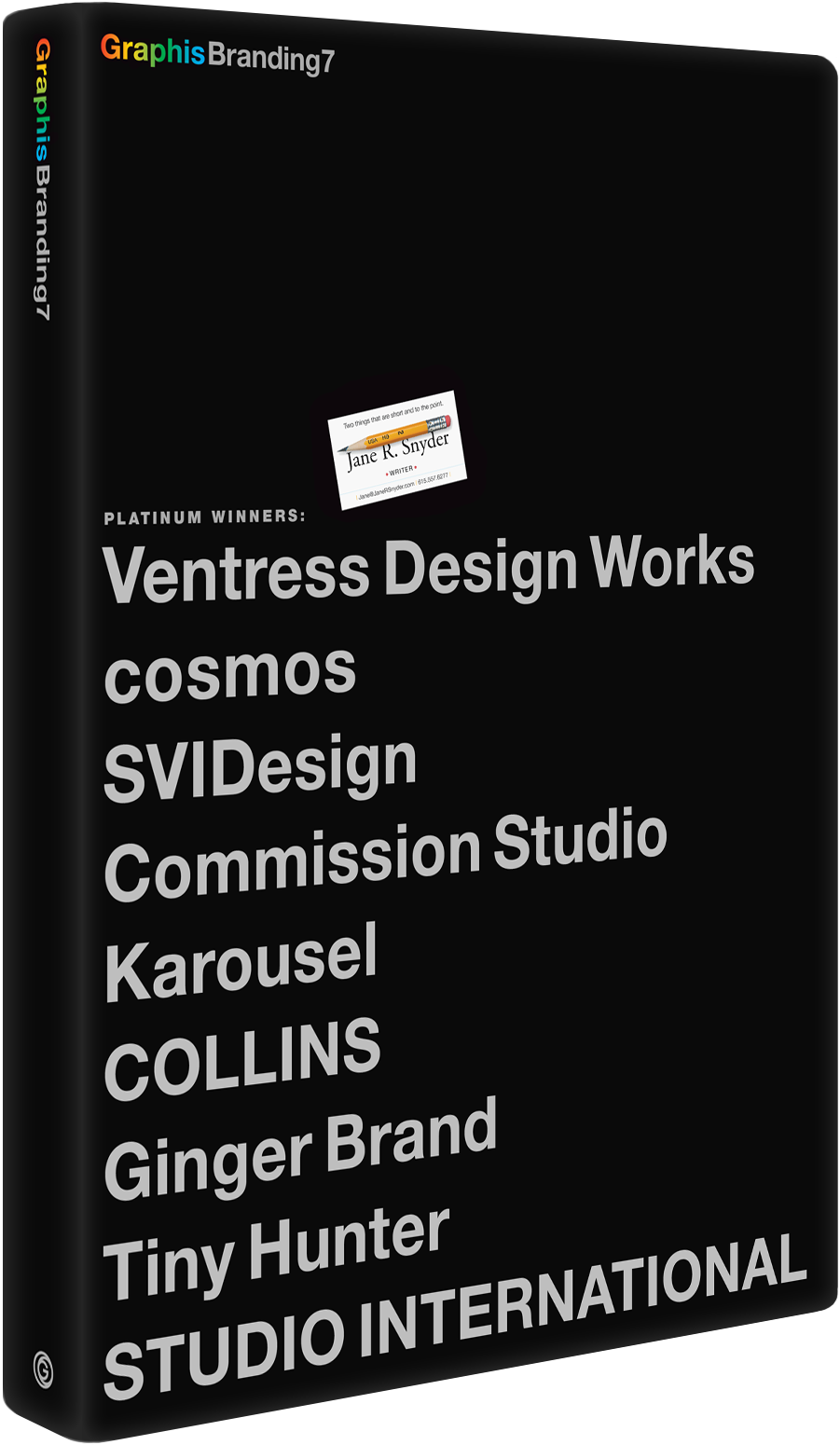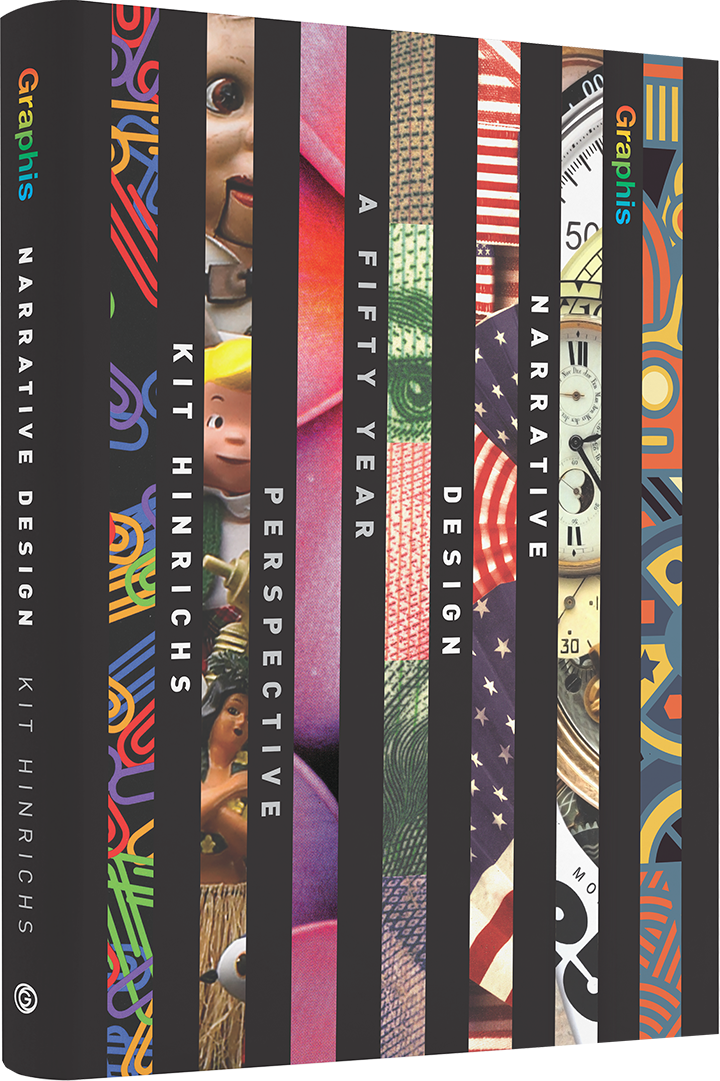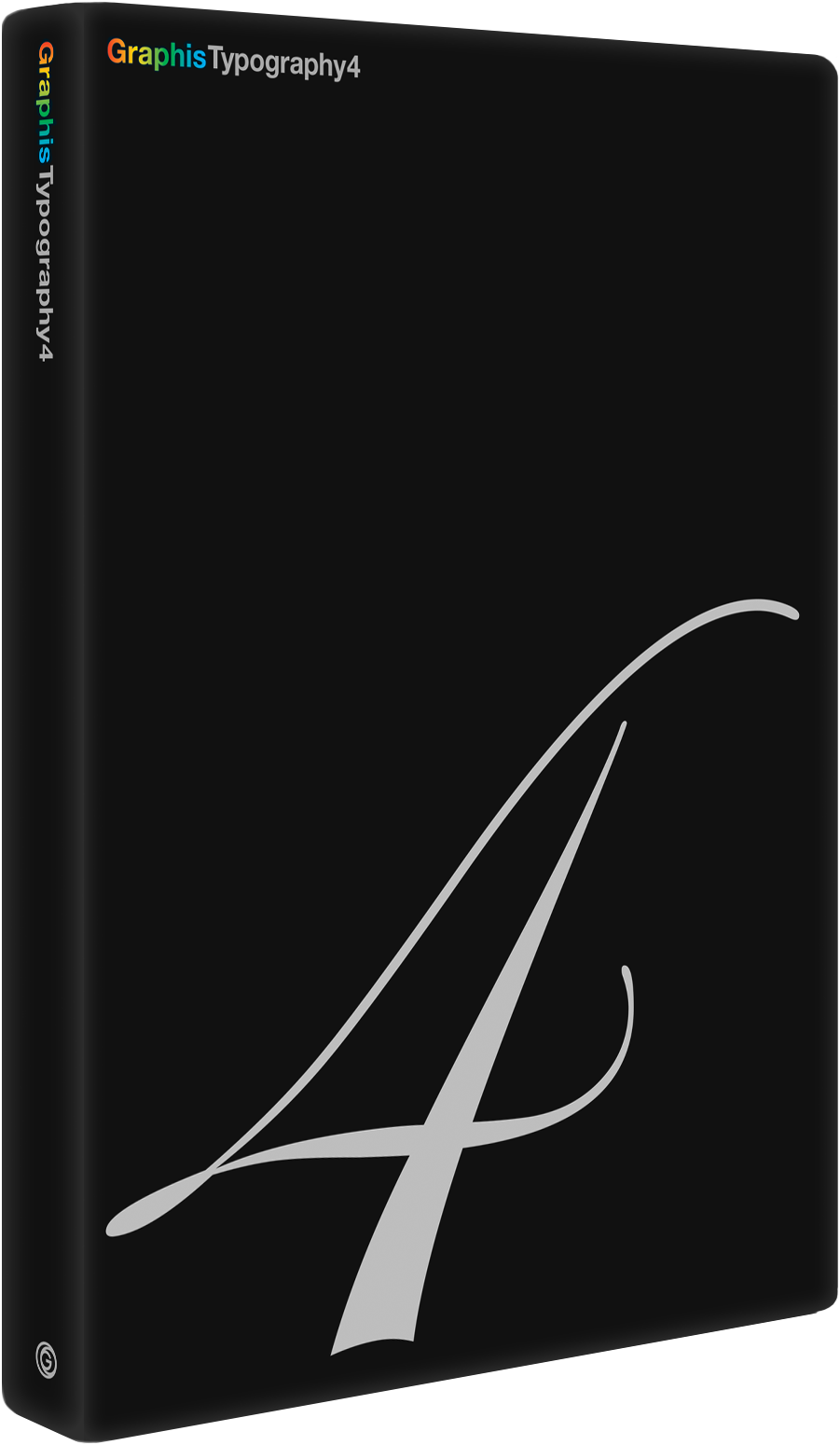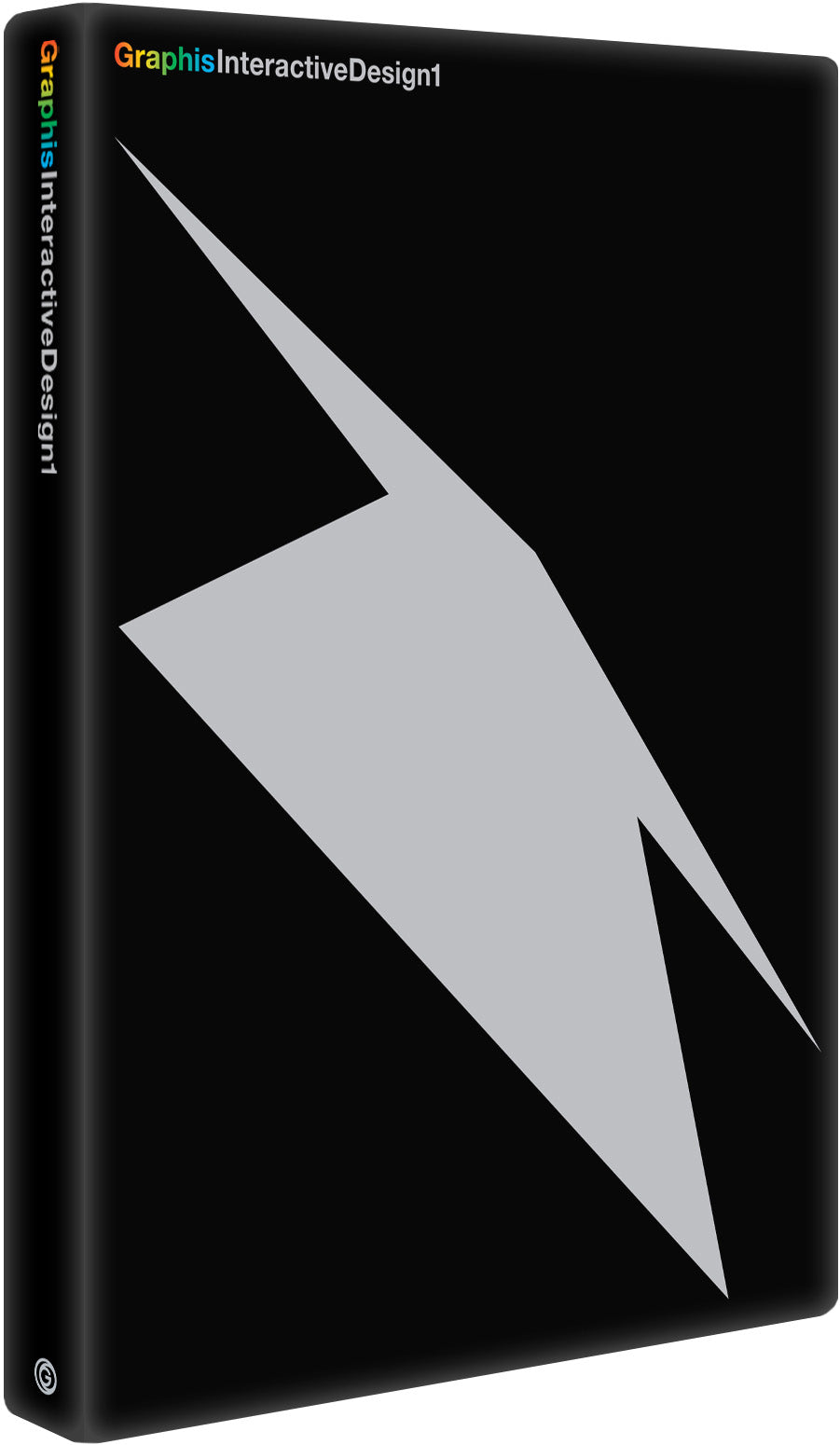Eric Melzer: Saying Something Authentic
From a small town in Wisconsin to assignments that span the globe, Eric Melzer has built a career defined not just by images but by intention. Inspired early on by National Geographic, Jacques Cousteau, and Yvon Chouinard, he transformed a childhood fascination with faraway places into a lifelong exploration of culture, climate, and connection. Whether working with world-class scientists, community athletes, or conservation pioneers, Eric’s work reflects a deep commitment to storytelling as a tool for change. In this wide-ranging conversation, we explore what it means to create with heart, stay curious, and keep listening—no matter where the journey takes us.
Introduction by Michael Cina, Designer, Cina Associates
Eric Melzer is a deeply gifted photographer whose work transcends aesthetics, blending thoughtful mastery with emotional depth. I first met Eric over a decade ago and immediately recognized his talent. I have pitched his work on several projects and got the chance to collaborate last year on “The Play Project.” By then, he had already dedicated hundreds of hours, showcasing his unwavering commitment and passion. Eric’s creativity, combined with his deep care for community, amplifies the stories he captures, making his photography not just visually striking but also profoundly meaningful and enduring.

What inspired or motivated you to have a career in photography?
National Geographic, Jacques Cousteau, and Yvon Chouinard. They all lit my imagination about the world. I grew up in a small city in Wisconsin, and their work deeply inspired me to see other cultures and places. In particular, the National Geographic photographers drove me to explore. Now that I’ve traveled, worked, and lived in many locations worldwide, I feel more instinctive about what I say.
What is your work philosophy?
Listen keenly, keep making, and do your best not to let your opinions of yourself and those of others get in the way of keeping on.
What is the most difficult challenge you’ve overcome to reach your current position?
Probably overcoming impostor syndrome. But I had an “Aha!” moment once: I was walking down the street with one of the world’s most accomplished violinists after she’d earned a standing ovation in a concert hall, and she said, “I wonder if they’ll ever figure out I don’t know what I’m doing?” Turns out, everyone has to push through self-doubt. Nervousness is just your body getting you ready to do big things. Now, I try to use nervous energy. If I know I have the trust of the people around me, I crush it every time because I just get excited.
Who were some of your greatest past influences?
Elliott Erwitt for his wit and humor, Sebastião Salgado for his vision, William Allard for his poetic imagery, and Monty Python for turning it all on its head.
Who is or was your greatest mentor?
My best friend, Erik. I lost him in an accident about 25 years ago. He never let a minute burn by that he wasn’t plugged into. He taught me to lean in hard but not take it all too seriously.
What is it about photography that you are most passionate about?
Finding the bravery to say something authentic. If we work from a personal enough place, we say something universal. If they’re successful, works like these can change societies.
Who among your contemporaries today do you most admire?
Chris Bickford for his photographic artistry and observations. Thomas Fuller for his craft, tenacity, and keen eye for a compelling story. Per Breiehagen for his mastery and continuous drive to explore new ways of image-making. Image Studios’ president Donna Gehl for her intrepid business savvy, and Michael Cina for his incredible design vision.
What would be your dream assignment?
I currently have two passions. One is community play, and the other is climate change mitigation. So, I have two dream assignments:
1. I would love to be paid to travel to communities worldwide to document and celebrate local pickup sports.
2. On the climate front, I would love the opportunity to tell the stories of climate change’s unsung heroes—regenerative terrestrial and ocean farmers, conservationists, and scientists who can push and shape technology to help us catch up to the deadline that’s already passed us.
What equipment do you primarily use and why?
That’s, of course, very project-specific, but the kit I always have packed has a Sony A-1, two cards, four batteries, ND filters, a Peak Designs tripod, and 16-35 f2.8, 24-105 f4, and 70-200 f2.8 lenses. I’ll rent primes, other bodies/systems, etc., as projects and crews call for it. Oh, and Ricola. A little hard candy goes a long way during a long day on set.
Who have been some of your favorite people or clients you have worked with?
On the professional front, New York Times correspondent Thomas Fuller, communications consultant Meredith Moore, Kristin Russell of Flex, Mark Hayes of NRG Energy, and Drs. Joe Meisel and Catherine Woodward of the Ceiba Foundation for Tropical Conservation. In my personal work, all of the pickup basketball players from the Peavey Park basketball courts in Minneapolis, Minnesota.
Much of your photography focuses on people and companies working on sustainability and solving the climate crisis. How did this become an important subject matter for you?
I was on an assignment for the International Herald Tribune in the Andaman Sea, and I dove into the water to snorkel and photograph the reef we were over. The entire coral reef had bleached. It was vast. And dead. I used to work as a photojournalist in Southeast Asia and was based out of Bangkok, so I’d seen nearby reefs teeming with life. I was shocked and compelled to act. Imagery is the best tool to educate the public and change policy about climate change. It drives awareness for that change. Let people know what they stand to lose, and they might take action. Otherwise, they may just not get it, and it’ll be gone. I work and hang out with some very bright Ph.D. scientists, and they all believe the climate deadline is past us. If it’s all just management now, imagery is truly critical to shaping long-term outcomes.
What are the most important ingredients you require from a client to work successfully?
Trust. Trust converts nerves into creative momentum. The best art and creative directors foster a kind of flow state with trust. All creatives are just agents of the muse, so the best results come when we’re allowed (e.g., steered but not micromanaged) to find a state of mind where we get out of our own way and just let the work come down the antenna.
You also do film work. How did that start, and how does it influence your photography and vice versa?
I’m most interested in the moment when an idea or a creative impulse arrives because it’s a record of instinct. That’s why still photography is the purest photographic creation, in my opinion. In my experience so far, motion is way more likely to bleed that moment of artistic weight. Bigger crew. More prep. By the time “Action!” is called, the interesting part has most likely left the room. I’ve recently (finally) fallen in love with motion image sequencing, though, and I will continue to lean in hard to explore that and push boundaries.
The sad part about our current culture is that we no longer seem to have time to really consider (and reconsider) art anymore. We forget that images don’t have to move, flash, and explode to be compelling. Speed bleeds meaning. We’re apparently too busy scrolling or something. We need to slow down. AI is showing us that. AGAIN.
What is your greatest professional achievement?
Earning awards from Graphis, CA, and IPA in the same year.
What is the greatest satisfaction you get from your work?
Being in the moment. When I take the time to really consider what’s in front of me, I appreciate what I have instead of wanting what I don’t.
What part of your work is most demanding, considering your position?
Unfortunately for me, my wiring is too Midwestern to enjoy shouting my name from the rooftops. So, selling is very demanding and taxing. It feels like dentistry. I just want to make pictures because I love composition and visual serendipity. That part’s pure joy because it’s fun waiting for that moment.
What professional goals do you still have for yourself?
I’d like to shoot underwater work to document reefs before they’re gone and explore abstract visual motion design to imagine new worlds and ways of expressing myself visually. They’re both completely new to me, and I like that because it keeps me open.
What advice would you give students starting out today?
I would tell students three things:
1. What you will create is both deeply profound… and entirely meaningless. So, lean in and work hard, but don’t take yourself too seriously. To drive this point home, I’d tell them to Google “Pale Blue Dot still image” and suggest looking at it every time they get too self-involved. It’s best to keep it all in perspective, whether you’re being berated or celebrated.
2. Good clients beget good clients, and bad clients beget bad clients, so be careful whose money you take.
3. Be sure to see your work series and ideas through to their end so your bodies of work are complete. That said, try not to worry too much about fitting into society’s boxes. Everyone has many interests because humans are complicated. Just shoot and show what you love, and let curiosity and enthusiasm fuel the ride.
What interests do you have outside of your work?
Anything outside, really. I like water sports and mountain biking, and I’m an avid skate skier (for the uninitiated, that’s like cross-country skiing, except it’s fast and fun). I also love to travel, cook, eat, and drink with friends.
What do you value most?
Friends, family, and making. Oh, and chocolate. I value that deeply.
What would you change if you had to do it all over again?
If I had a choice, I would’ve been born a little earlier. The era from the early ‘60s to the ‘90s was a great window into the photographic profession. It was interesting for its history, creativity, access, and cultural inspiration. Plus, if you bought a Leica, Hasselblad, or 4x5 in that era, it was likely the only camera system you would have ever needed. Even though digital photography and all that comes with it is amazing, planned obsolescence and new tech burn a lot of our money and creative time now.
Where do you seek inspiration?
Iggy Pop, Joseph Campbell, Elliott Erwitt, and Dave Chappelle.
How do you define success?
I think money is really tricky because it tends to warp the best of people. So, success, to me, is having a life where money is invisible: I don’t have so much money that it runs my life, and I don’t have so little money that it runs my life.
Where do you see yourself in the future?
I’ll continue to be small and agile… as uncomplicated as possible. I’ll be listening and observing carefully because with AI coming for us all like a freight train, I’m afraid I don’t have a compass for the map.
Eric Melzer’s curiosity and adventurous spirit have taken him from local basketball courts to the Amazonian rainforest in search of personal, authentic images. His publication credits and clients include the New York Times, the Guardian, the IHT, NRG, Cummins, Flex, Jera Americas, 3M, APM, UHG, CWT, the Glacier Conservancy, the Montana Department of Tourism, and more. His commercial photography focuses on climate change mitigation. His personal work celebrates local communities and good health through images of neighborhood play. His work has earned multiple awards from CA, IPA, AI/AP, the Color Awards, ASMP, and Graphis. He’s lived in many places domestically and abroad and currently makes his home in Minneapolis, Minnesota.

Social: Instagram, Facebook, LinkedIn, X (Twitter)
Discover other creatives in the Graphis Journal #384.
You may also like
Patrick Molnar Captures Atlanta’s Riding Culture
Some collaborations grow stronger with time, and Patrick Molnar’s partnership with longtime friend and photographer Chilly-O is…
Read MoreHow the Halfbike Reinvents Personal Transportation
Blending the mechanics of cycling, the movement of running, and the balance of skiing might sound like…
Read More
Related Annuals & Publications
View AllBecome a Graphis Member
- 1-Year Membership Subscription
- Enjoy 50% off on Call for Entries
- 1-Year FREE Subscription to Graphis Journal
- Your Portfolio online with profile + links
- Get 20% off on Graphis Books








